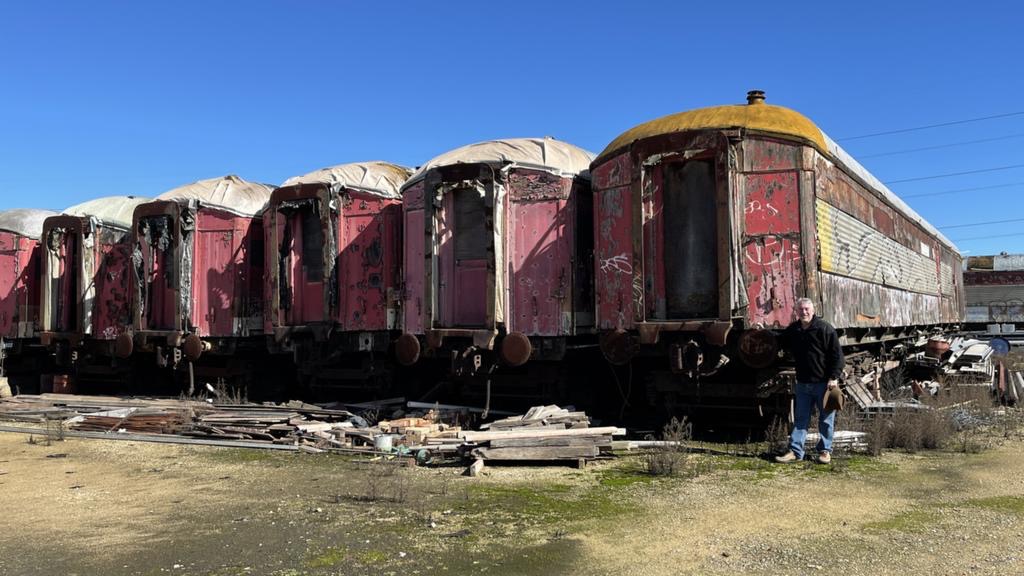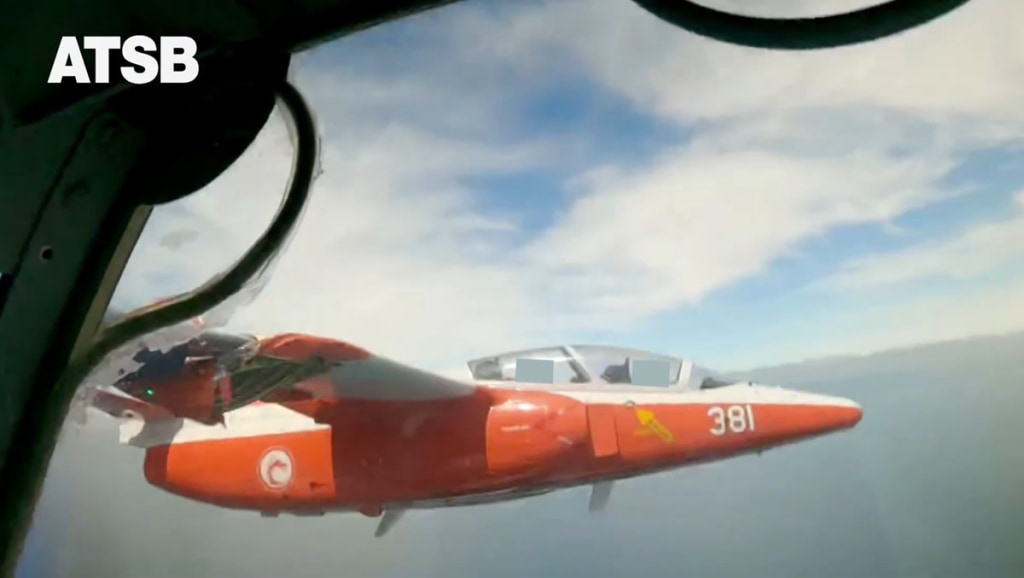Prological’s Peter Jones explains in this MHD op-ed the benefits of rail freight and how adopting aspects of the European model can help us decrease our reliance on road freight.
The benefits of rail freight compared to road transport are transparent. Trains use significantly less fuel to transport freight long distances, carry far more weight and volume, reduce highway congestion, improve safety by reducing the strain on commercial trucking and provide reliable and on-time delivery and scheduling.
Despite this, just two per cent of freight between Melbourne and Sydney goes by rail, down from near 40 per cent in the 1970s.
According to research by The Bureau of Infrastructure and Transport Research Economics, for every one per cent of freight shifted from truck to rail nationally, an average of $71.9 million would be saved annually in terms of environmental damage, road conditions and pollution-related health outcomes.
In 2024, Australia is seeking global partners to transition our rail network and decarbonise our transport sector, which accounts for 19 per cent of our country’s total carbon emissions.
The Inland Rail Network has been set up to reduce our reliance on roads for moving freight, while high speed rail has become a priority on the Australian government’s agenda, even setting up a High Speed Rail Authority in June last year 2023.
The goal of our Inland Rail Network will be to connect Melbourne and Brisbane with a 1700km end-to-end rail freight corridor spanning rural Victoria, New South Wales and South East Queensland.
This will not only connect our rural industries with ports and logistics centres in the major cities, but also link Australia’s 2nd and 3rd largest cities with a faster rail service unencumbered of the constraints the existing ‘coastal via Sydney’ option is constrained by.
This investment in rail freight begs the question, why hasn’t Australia been able to reduce its domestic road freight? The primary answer is cost.
The fixed costs of the rail infrastructure and operations are spread across lower volumes, raising the cost per unit being transported.
Combined with the transloading and terminal infrastructure at both ends of the journey means the transition to rail hasn’t been financially viable in recent decades.
In addition, all rail options being offered to date involve the freight being containerised (excepting SCT’s wagons), which then requires significant changes in infrastructure for both senders and receivers. It also requires the impost of the land bridge costs at the origin and destination for pick up and delivery of the containers.

To solve this problem, I had what I thought was an original idea. To show engineering firms and our rail industry how this might work, I had briefed an animator to create a video of the concept, only to have a colleague then find my ‘original idea’ was already operational in Europe with some maturity and very efficient, removing many of the barriers of road to rail transition.
At the end of 2023, I travelled to the intermodal terminal Bettembourg-Dudelange in Luxembourg to explore their systems for rail freight and determine whether such processes could be used in Australia to assist in road to rail conversion.
A new solution
In April 26 1956, a converted World War II tanker became the first ever container ship, sailing from the Port of Newark to Houston with 58 aluminium boxes.
Since then, shipping containers have become standardised, and so have all containers for road and rail freight.
The inefficiencies of using containers for rail freight has held back its adoption, but European engineers have been implementing different systems to change this.
For instance, to better integrate freight generators and customers, engineers made modifications to semi-trailers so that they could be lifted directly onto the train, which results in a lot less movement and less time taken through the terminal.
To understand how Europe compares to Australia’s infrastructure and processes, it’s helpful to consider the ‘generations’ of converting road to rail.
With better infrastructure in place, Europe is on its fourth generation of rail freight – in moving rail containers off trains, Europe has seen four generations of process evolution. Australia is behind this development, having only experienced the first two generations of rail freight.
- 1st generation – Forklift, which evolved into a reach stacker
- 2nd generation – Rail mounted gantry cranes
- 3rd generation – Specially designed semi-trailers able to be gantry crane lifted (Europe only)
- 4th generation – Driving semi-trailer directly onto the train (Europe only)
Data was gathered while in Europe of the efficiency gains as each generation was developed. From a terminal handling perspective alone, Gen 1 to Gen 2 offers just over a 100 per cent increase in throughput capability.
Gen 2 to Gen 3, offers another 25 per cent, but more than 50 per cent cost benefit in land bridge costs while Gen 4 in nine times more efficient inside the terminal and offers the same 50 per cent benefit on the land bridge costs.
As we expect, when systems and process develop across generations, we do expect better outcomes. In relation to Intermodal processes, this is what has happened in Europe.
Australia has its own unique environment and infrastructure, so it’s unfair to suggest implementing these new strategies within our unique environment would or should be easy.
Having said that, the gains being achieved in Europe and uptake of Gen 4 by industry is achieving the objectives Australia seeks to achieve. Therefore, exploring these and other new strategies in our supply chain should always be encouraged.
CargoBeamer, another intermodal transport system for shifting semi-trailers onto rail, may work very well within Australian Port operations because it requires a much smaller footprint and can load and unload whole trains very fast (in minutes).
In this system, the semi-trailer is uncoupled from the tractor unit inside the terminal, where the driver and tractor unit can leave the terminal immediately or take another semi-trailer with them.
A terminal vehicle places the semi-trailer onto an awaiting loading pallet next to the railway tracks which is used to lift it on to the wagon.

When the train arrives at the terminal, the semi-trailers are loaded off the train simultaneously and automatically, immediate followed by the loading of the pre-staged outbound trailers.
The drawback of this system is it has the highest CapEx of the third and fourth generation options employed across Europe, but when one piece of infrastructure, 600m long up can handle one million TEUs per annum, on a footprint of 30,000 sqm, the cost per container is very small when compared to the alternate infrastructure investments required to do the same task.
The challenge for Australia is that the new rail terminals being developed are being conceived around what we’ve always had – what I would term as second-generation technology and engineering.
To develop innovative new strategies to decrease our reliance on road freight, we might need to look to Europe to understand the opportunities.
In order to maximise Australia’s exciting investments such as the Inland Rail Project, we could use some of Europe’s advanced thinking and engineering.
Peter Jones, Managing Director, Prological


